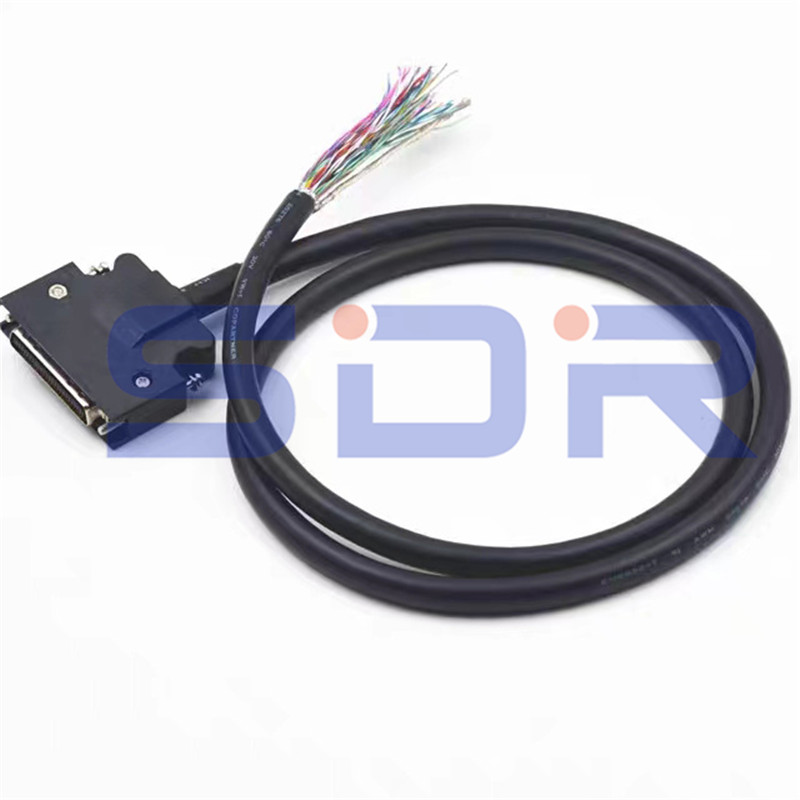SERVO Motor Cable, as an important part of industrial automation, carries the key task of connecting the servo motor with its controller. It is not only an ordinary Cable, but also a precision instrument in modern industrial production.

Structure of SERVO Motor Cable
The structure of SERVO Motor Cable is very complex, and its design takes into account a number of factors such as power transmission, signal transmission and anti-interference. The following is the basic structure of a SERVO Motor Cable in general:
Conductor: Usually made of high-purity copper or aluminum to ensure the stability and reliability of current transmission.
Conductor insulation: Insulating material covering the surface of the conductor, used to isolate the conductor from direct contact with the external environment and prevent current leakage.
Shielding layer: used to block external electromagnetic interference, usually made of aluminum foil, tinned copper mesh and other materials to ensure the stability of signal transmission.
Insulation layer: Insulation material covering the outside of the shielding layer, used to protect the shielding layer from damage and improve the durability of the cable.
Outer Sheath: usually made of wear-resistant, oil-resistant, and high-temperature-resistant materials, used to protect the cable from damage by the external environment and improve the service life of the cable.
Features of SERVO Motor Cable
SERVO Motor Cable has many unique features that make it popular in industrial automation:
High anti-interference ability: the design of shielding and insulation layer effectively blocks external electromagnetic interference, guarantees the stability of signal transmission and improves the accuracy of the control system.
Wear-resistant and corrosion-resistant: the outer sheath is made of wear-resistant, oil-resistant and high-temperature-resistant materials, which has good durability and corrosion resistance, and is suitable for a variety of harsh working environments.
Flexibility: the cable material is soft, with good flexibility and bendability, suitable for different installation environments and requirements.
High reliability: the use of high-quality materials and precision manufacturing process guarantees the reliability and stability of the cable, reducing the failure rate and maintenance costs.
Application areas of SERVO Motor Cable
SERVO Motor Cable has a wide range of applications in the field of industrial automation, including but not limited to the following aspects:
Mechanical processing: such as machine tools, lathes and other mechanical equipment in the CNC system.
Robotics: for connecting the robot's controller to the individual actuators.
Factory automation: for various control systems in automated production lines.
Aerospace: such as aircraft, satellites and other aircraft equipment in the servo system.
Transportation: such as subway, high-speed rail and other transportation in the automatic control system.
The future development direction of SERVO Motor Cable
With the continuous development of industrial automation technology, SERVO Motor Cable will also usher in new development opportunities:
Intelligent: The future SERVO Motor Cable may integrate sensors and other intelligent components to realize real-time monitoring and management of cable operation status.
Lightweight: The use of new materials and processes to reduce the weight of the cable, improve transportation efficiency and ease of installation.
Energy-saving and environmental protection: the use of low-energy materials and production processes to reduce the consumption of resources, reduce production costs and improve the sustainability of the cable.
As an important part of industrial automation, SERVO Motor Cable, with its complex structure and unique features, is widely used in various fields and will continue to play an important role in the future to promote the progress and development of industrial automation technology.